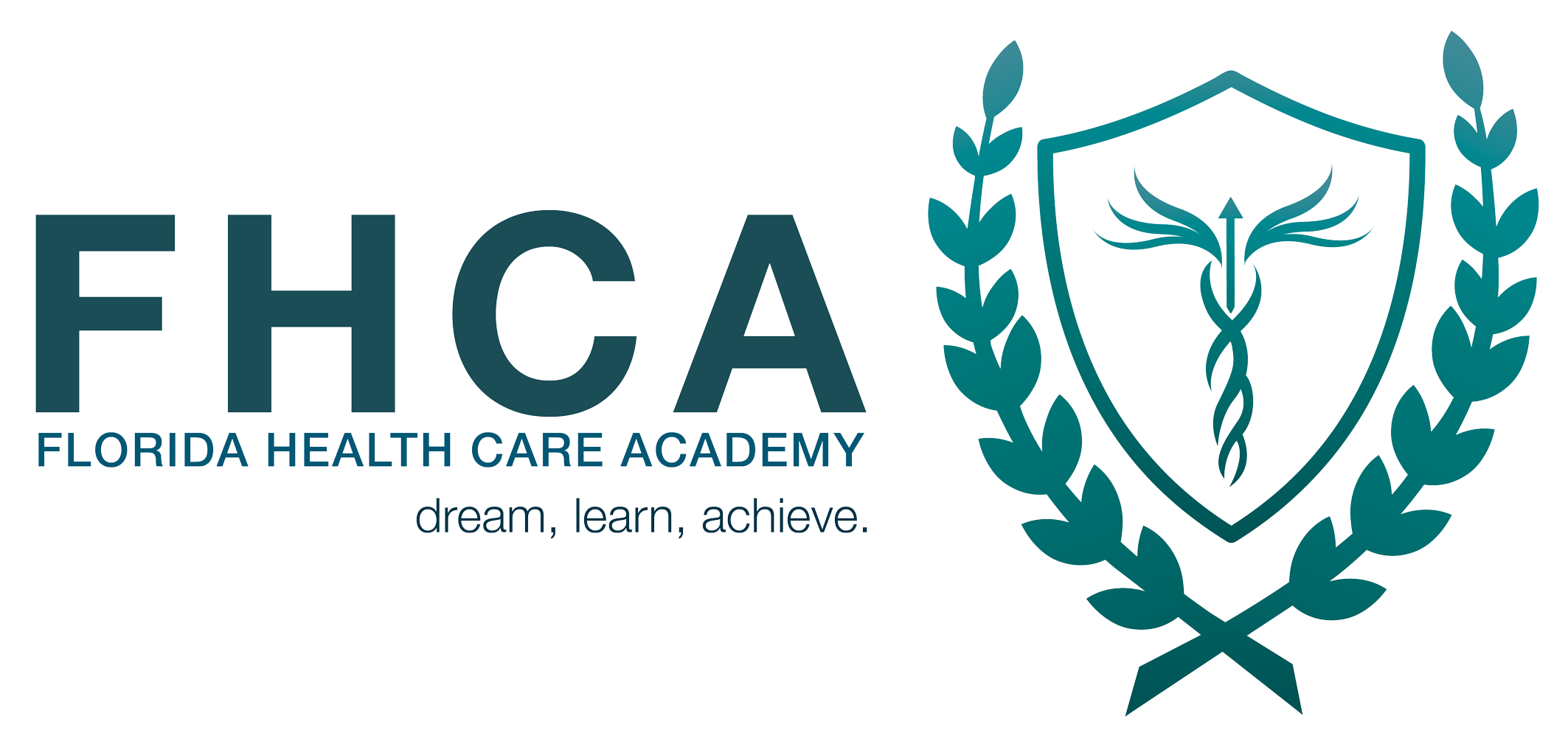Venipuncture class – Part 1
March 22, 2019Medical assistant duties and responsibilities
June 15, 2019Venipuncture class – Part II
Are you looking for a venipuncture class? Look no further. At FHCA Orlando, the highest education of Health Care, we cover everything you need to know to master venipuncture. This is part two of the article. Make sure you read the previous one.
Process
The patient preparation depends on the specific blood test. Many exams do not require any special preparation. Sometimes, the person may be asked to avoid food or drinks or to limit certain medications before the test.
Before the puncture
Before the puncture itself, the person must be correctly identified. Some professionals prefer to write the name of the subject on the tubes, others prefer to identify them at the end of the venipuncture. All examination and procedure on patients should be done with protective rubber gloves to ensure universal precautionary measures. All tubes, cotton, tourniquet, needles, antiseptic fluid, and other materials must be prepared before. Prior to the placement of the gloves, the hand washing technique must be performed, since it is used before starting any invasive procedure.
Locating a vein
The health professional then places an elastic band or tourniquet around the top of the area that is going to be punctured in order to apply pressure and cause the veins to fill with blood. If a tourniquet is not available, a rubber glove or sphygmomanometer can be used. This allows to choose the best vein and to ensure the use of the correct gauge needle.
In hospitalized patients, the upper limb may be in a cold environment that causes occlusion of the superficial veins. For these cases, it is usually enough to wrap or submerge the area in a container with warm water for about two minutes and place the tourniquet before removing the hand from the container. The puncture area is then cleaned with an antiseptic, most often with isopropyl alcohol. Some health professionals choose to tap gently on the surface of the skin above the vein to cause a reflex venous dilation. Others prefer to avoid that practice.
Venipuncture
After choosing the right area and vein, a needle is gently inserted at a 45 angle approximately and reoriented in a parallel direction once it has penetrated the vein lumen to collect blood in the syringe, in an airtight bottle or in a tube attached to the needle. The elastic band is removed from the arm before removing the needle. When the needle is inserted to draw blood, you may feel moderate pain or just a prick or stinging sensation. Afterward, there may be some throbbing sensation, slightly uncomfortable that resolves on its own.
Once the blood sample has been collected, the needle is removed, and the puncture area is covered with a cotton ball to stop any bleeding and prevent bruising. In children, a sharp instrument called a lancet may be used to puncture the skin and make it bleed. The blood is collected in a small glass tube called a pipette, on a slide or on a test strip. Finally, a bandage may be placed over the area if there is any bleeding.

